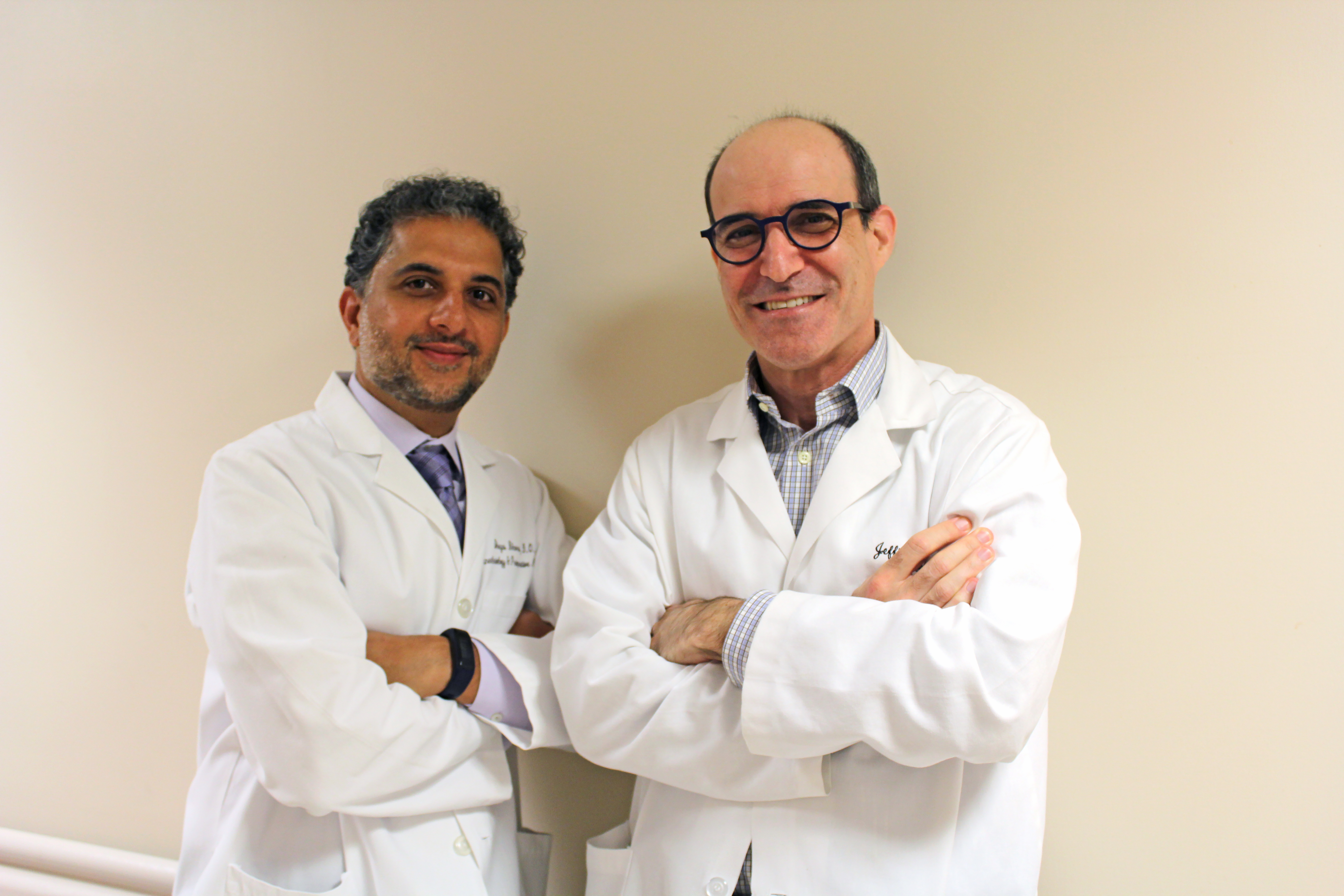- Diseases
- Acoustic Neuroma (14)
- Adrenal Gland Tumor (24)
- Anal Cancer (68)
- Anemia (2)
- Appendix Cancer (16)
- Bile Duct Cancer (26)
- Bladder Cancer (72)
- Brain Metastases (28)
- Brain Tumor (232)
- Breast Cancer (714)
- Breast Implant-Associated Anaplastic Large Cell Lymphoma (2)
- Cancer of Unknown Primary (4)
- Carcinoid Tumor (8)
- Cervical Cancer (158)
- Colon Cancer (166)
- Colorectal Cancer (116)
- Endocrine Tumor (4)
- Esophageal Cancer (44)
- Eye Cancer (36)
- Fallopian Tube Cancer (8)
- Germ Cell Tumor (4)
- Gestational Trophoblastic Disease (2)
- Head and Neck Cancer (12)
- Kidney Cancer (128)
- Leukemia (342)
- Liver Cancer (50)
- Lung Cancer (286)
- Lymphoma (278)
- Mesothelioma (14)
- Metastasis (30)
- Multiple Myeloma (100)
- Myelodysplastic Syndrome (60)
- Myeloproliferative Neoplasm (4)
- Neuroendocrine Tumors (16)
- Oral Cancer (100)
- Ovarian Cancer (172)
- Pancreatic Cancer (160)
- Parathyroid Disease (2)
- Penile Cancer (14)
- Pituitary Tumor (6)
- Prostate Cancer (146)
- Rectal Cancer (58)
- Renal Medullary Carcinoma (6)
- Salivary Gland Cancer (14)
- Sarcoma (238)
- Skin Cancer (294)
- Skull Base Tumors (56)
- Spinal Tumor (12)
- Stomach Cancer (64)
- Testicular Cancer (28)
- Throat Cancer (92)
- Thymoma (6)
- Thyroid Cancer (96)
- Tonsil Cancer (30)
- Uterine Cancer (80)
- Vaginal Cancer (16)
- Vulvar Cancer (20)
- Cancer Topic
- Adolescent and Young Adult Cancer Issues (20)
- Advance Care Planning (10)
- Biostatistics (2)
- Blood Donation (18)
- Bone Health (8)
- COVID-19 (362)
- Cancer Recurrence (120)
- Childhood Cancer Issues (120)
- Clinical Trials (630)
- Complementary Integrative Medicine (22)
- Cytogenetics (2)
- DNA Methylation (4)
- Diagnosis (232)
- Epigenetics (6)
- Fertility (62)
- Follow-up Guidelines (2)
- Health Disparities (14)
- Hereditary Cancer Syndromes (126)
- Immunology (18)
- Li-Fraumeni Syndrome (8)
- Mental Health (116)
- Molecular Diagnostics (8)
- Pain Management (62)
- Palliative Care (8)
- Pathology (10)
- Physical Therapy (18)
- Pregnancy (18)
- Prevention (912)
- Research (392)
- Second Opinion (74)
- Sexuality (16)
- Side Effects (604)
- Sleep Disorders (10)
- Stem Cell Transplantation Cellular Therapy (216)
- Support (402)
- Survivorship (320)
- Symptoms (182)
- Treatment (1786)
Scalp cooling and chemotherapy hair loss: what to know
5 minute read | Published June 24, 2024
Medically Reviewed | Last reviewed by an MD Anderson Cancer Center medical professional on June 24, 2024
Hair loss is a side effect of cancer treatment that can be physically and emotionally challenging.
"When patients lose their hair from chemotherapy, it can be very traumatic for them,” says Susan Ferguson, clinical administrative director of MD Anderson’s Breast Center. “It can lower their self-esteem, how they feel about themselves, how they feel about their intimate relationships and how they see themselves. All of that lowers the quality of someone's life.”
Chemotherapy-related hair loss may also impact a patient’s work and family, adds Brenda Brown, executive director of MD Anderson’s Ambulatory Treatment and Clinical and Translational Research centers.
To help ease some of these impacts, MD Anderson offers a technology called scalp cooling which helps prevent chemotherapy-related hair loss in some patients.
Read on for answers to frequently asked questions about how scalp cooling works and which patients may benefit.
How does scalp cooling work?
Chemotherapy kills rapidly dividing cells in the body. While chemotherapy targets cancer cells, it also attacks other, non-cancerous cells in the body such as the ones in hair follicles. This is why hair loss can occur during cancer treatment.
That’s where scalp cooling comes in. While receiving chemotherapy, a patient wears a silicone cold cap over their hair. The cold cap is connected to a system that cools the scalp to between 64- and 72-degrees Fahrenheit.
“It reduces the blood flow to the hair follicles, so it makes the follicles less susceptible to damage from the chemo,” Ferguson explains.
Who is eligible for scalp cooling?
Patients who are interested in scalp cooling will work with their doctor to determine if scalp cooling is right for them.
Scalp cooling eligibility depends on factors such as:
- Cancer type
- Chemotherapy type
- Age
- Medical conditions
This year, MD Anderson began offering scalp cooling for patients with all types of solid tumors.
Scalp cooling isn’t the best choice for every patient, however.
For example, Brown says scalp cooling is not recommended for those who:
- Are under age 18
- Have skin cancers, such as melanoma, squamous cell carcinoma and Merkel cell carcinoma
- Have blood cancers, such as leukemia, lymphoma and non-Hodgkin lymphoma
- Have head and neck cancers
- Have squamous cell carcinoma of the lung or small cell lung cancer
- Have cancer that affects the central nervous system
- Had or may have scalp metastasis, or cancer that has spread to the scalp
- Have severe liver or kidney disease
- Have cold sensitivity, cold agglutinin disease or other conditions affected by cold temperatures
- Have or will have radiation therapy on the skull
- Will have bone marrow ablation chemotherapy
How effective is scalp cooling?
While scalp cooling can lessen the amount of hair loss during chemotherapy, it doesn’t prevent hair loss altogether.
Scalp cooling may reduce the amount of hair lost during chemotherapy by about 50%, Brown says.
However, there is no way to ensure that scalp cooling will prevent hair loss. Many factors can impact how well scalp cooling works for each patient. These include:
- Type and dose of chemotherapy
- How long a patient needs chemotherapy
- How long it takes the body to metabolize chemotherapy drugs
- Patient’s hair type
- Patient’s age and health
Scalp cooling is still a relatively new technology, with the first scalp cooling system receiving Food and Drug Administration (FDA) approval in 2015.
“It’s in the beginning stages of being studied,” Ferguson says. “The jury's still out for how effective it is in certain tumors.”
Are there any side effects of scalp cooling?
Scalp cooling can also have short-term side effects, Brown says. These include:
- Chills
- Headaches
- Dizziness
- Nausea
- Numbness
- Burning sensation
- Sinus pain
While Brown says these side effects are usually tolerable for patients, scalp cooling may be uncomfortable for patients who are sensitive to cold temperatures.
“I put it on my head for a few minutes,” she says. “It is very, very, very cold.”
Does insurance cover scalp cooling?
While each situation is unique, the FDA’s approval of scalp cooling systems means that insurance may cover scalp cooling in some cases. However, Ferguson notes that even if a patient is eligible for scalp cooling, it may not always be covered by insurance.
She recommends patients start by talking to their doctor to see if they are a candidate for scalp cooling. If so, the patient should reach out to their insurance company to see if scalp cooling is covered. Then, they can contact the clinic to move forward.
“We're encouraged that people who come through the Breast Center who want scalp cooling are having success with their insurance coverage, but there are plenty that aren't," she says.
Patients whose insurance doesn’t cover scalp cooling may consider paying for the service out of pocket.
What happens at an appointment?
Before they begin chemotherapy, patients who choose to use scalp cooling are fitted for a cooling cap that they bring with them to each appointment.
Patients who use scalp cooling should plan to spend longer at each chemotherapy appointment than those who don’t. This is because scalp cooling adds several additional steps to the chemotherapy process.
“It could add anywhere from one and a half to two hours to their appointment,” Brown says.
A typical chemotherapy appointment for a patient who chooses to undergo scalp cooling includes:
Hair preparation
Before each chemotherapy appointment, patients will wet their hair, apply conditioner and brush back their hair before they put on the cooling cap.
Pre-chemotherapy scalp cooling
During the pre-cooling process, patients spend at least 30 minutes connected to the cooling system before starting their chemotherapy.
Chemotherapy
Patients wear the scalp cooling cap and are connected to the scalp cooling system the entire time chemotherapy is infusing.
Post-chemotherapy scalp cooling
After chemotherapy is completed, patients continue scalp cooling for up to 90 more minutes.
Who should I talk to if I am interested in scalp cooling?
MD Anderson patients who are interested in scalp cooling should speak with their care team.
Providers can help patients determine if they are candidates for scalp cooling and whether it is right for them.
Request an appointment at MD Anderson online or call 1-844-506-3058.

When patients lose their hair from chemotherapy, it can be very traumatic for them.
Susan Ferguson
Clinical Administrative Director





